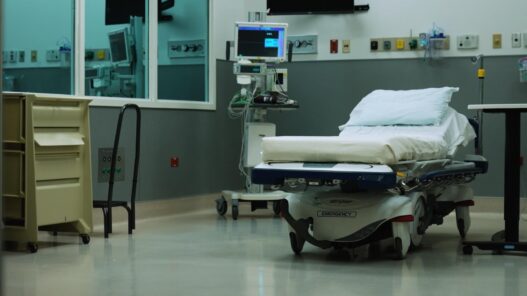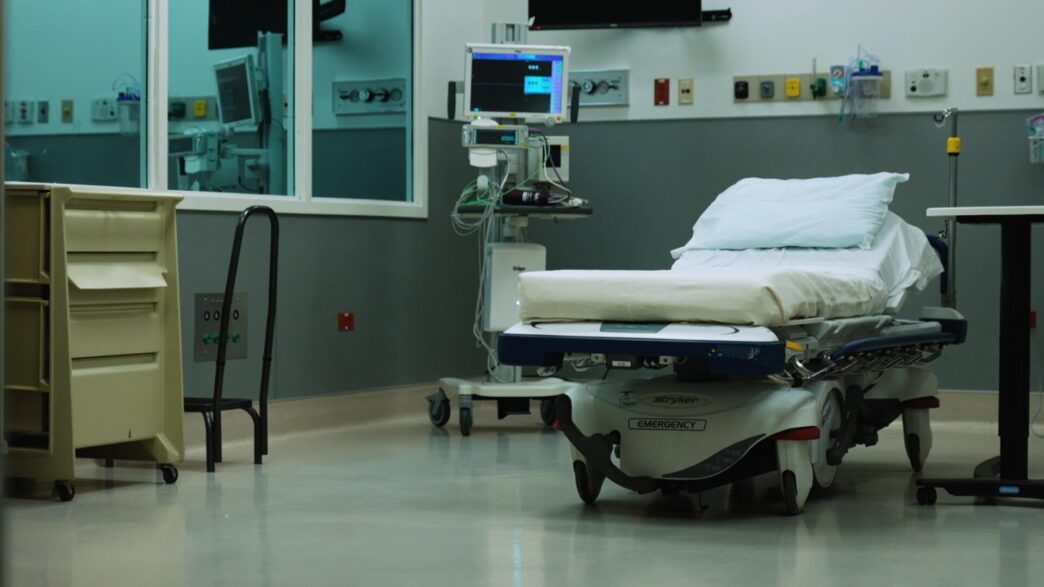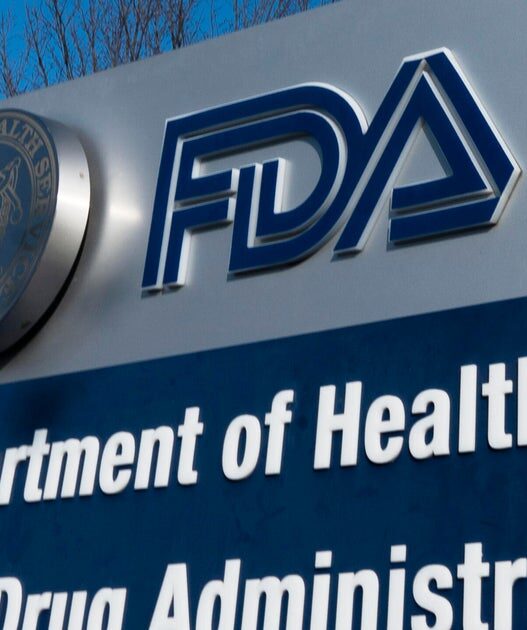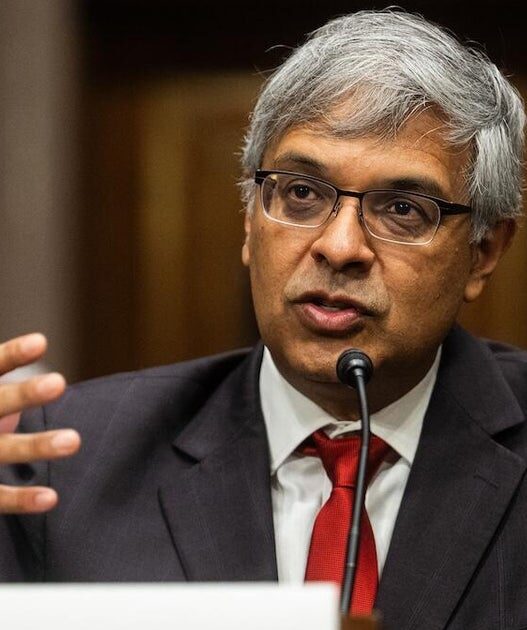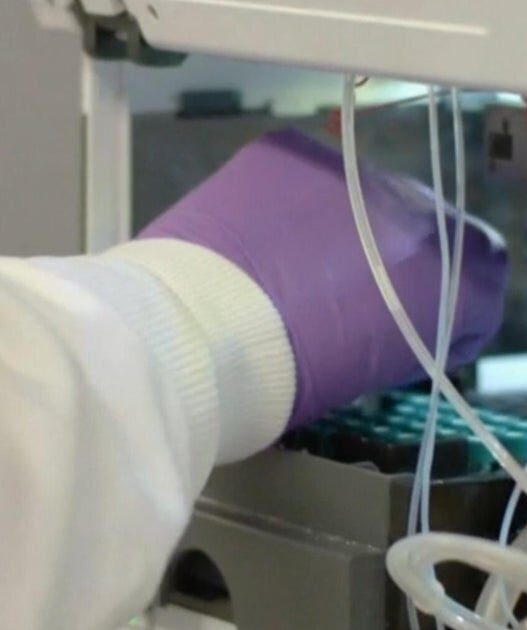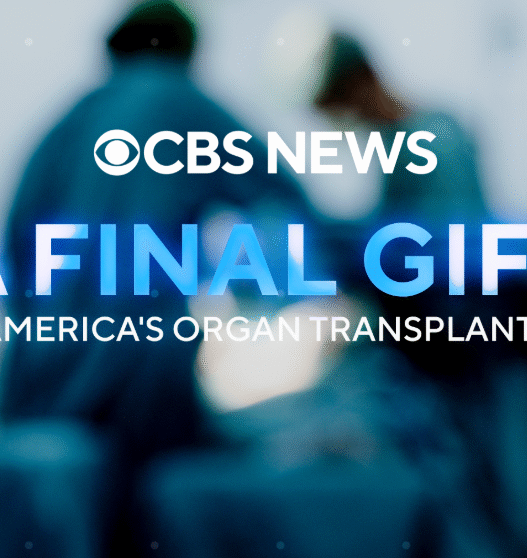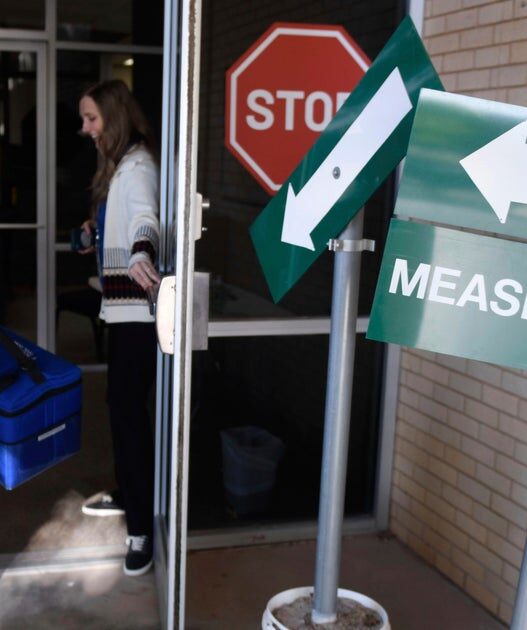Keith Hearle, a healthcare finance consultant tapped by the IRS to help implement the tax provisions of the ACA, was in the room for formative early conversations about the new tax return forms.
The reforms enacted under the ACA helped increase the level of public disclosure, he said, but did not go far enough in asking nonprofit hospitals to explain their charity care spending.
“More transparency is better than less transparency,” Hearle said. “The hospitals shouldn’t be embarrassed about shedding light on these policies and how they’re carried out,” he said.
But experts say the IRS should be doing more with the newly-reported information.
Although the IRS reviews the tax-exempt status of hospitals every three years, a 2023 report by the Government Accountability Office found the agency “had not revoked a hospital’s tax exempt status for failing to provide sufficient community benefits in the previous 10 years.”
Jessica Lucas-Judy, Director of Strategic Issues at the GAO and the author of the report, said the tax returns filed by nonprofit hospitals – and IRS’ oversight of them – need to be improved.
“We found 30 in one year that reported no spending at all on community benefits,” Lucas-Judy said. “That doesn’t mean that the hospitals weren’t providing community benefits. It’s just that there was no transparency.”
Nonprofit hospitals are generally acting within their rights and are not violating any federal law when they seek to collect payment from low-income patients.
But there are moral and ethical reasons why hospitals should not pursue people in court for medical debt they cannot pay, said Eli Rushbanks, general counsel and policy advocacy director at Dollar For, an advocacy group that helps patients find out if they qualify for assistance.
“It is immoral to sue patients who cannot afford their bills as a tax-exempt hospital,” Rushbanks said.
“These are by definition low and middle income patients who received a bill that they couldn’t pay, which is unlike almost any other type of bill,” he said. “A medical bill is not like a credit card bill. This is almost never something that you took on willingly or knowingly, and it’s almost always a thing that happened to you.”
Nonprofit hospital debt is one piece of a national health financial system that advocates say is badly in need of reform. Early this month, the nonprofit group Undue Medical Debt announced that it had made a private deal to buy $30 billion of medical debt belonging to an estimated 20 million individuals and wipe it away. But the group said its move merely puts a Band-Aid on a broken system.
“This deal underscores that the way we finance healthcare in the U.S. is fundamentally broken,” Undue Medical Debt president and CEO Allison Sesso said in a statement.
‘Abusive collection practices’
Across the country, federal and state lawmakers have spent decades on reforms to the nonprofit hospital system. Change has been slow.
Some states require hospitals to use software that determines whether a patient is eligible for free or reduced care – reducing the burden on patients to fill out paperwork proving their need. This method of screening patients is called “presumptive eligibility.”
In Oregon, state law requires financial screening of all patients with bills over $500 dollars to assess their need for assistance. One year after Oregon’s law took effect, Oregon Health & Science University Hospital in Portland saw its charity care eligibility rates jump dramatically — from 12% to 64%.
“Making use of presumptive eligibility software at the point of care standard practice could limit the toll of medical debt on low-income patients,” researchers wrote in a 2024 article in Inquiry: The Journal of Health Care.
But such drastic changes have been rare, and patients at many nonprofit hospitals are still left to navigate a complex paperwork maze.
Hearle, the healthcare consultant who helped the IRS draft new rules following the passage of the ACA, said there are a range of reasons that patients eligible for charity care fall through the cracks.
“One end of the spectrum, patients aren’t being told about financial assistance, that charity care is available,” Hearle said. “On the other hand, though, you’ve got patients who just simply will not apply. This is like, ‘I don’t want to, I don’t want to apply for charity, even though I technically would be eligible for it.'” Elsewhere on the spectrum, he added, are patients who are confused or daunted by the paperwork requirements needed to apply.
In a 2023 survey by Dollar For, the Washington state-based advocacy group, more than half of charity-care eligible patients said they didn’t get any information about financial assistance from their hospital. Fewer than half reported filing an application for free or reduced-cost care.
“These are patients who, by and large…cannot afford the bill that they’ve been given,” said Rushbanks. “They were happy with their treatment. Sometimes it was life-saving. They want to pay the hospital or their doctor what they can, but they can’t.”
A steady drumbeat of media coverage has uncovered hospitals aggressively suing patients in Missouri, Virginia and elsewhere, with the reports often followed by reforms by individual hospitals.

